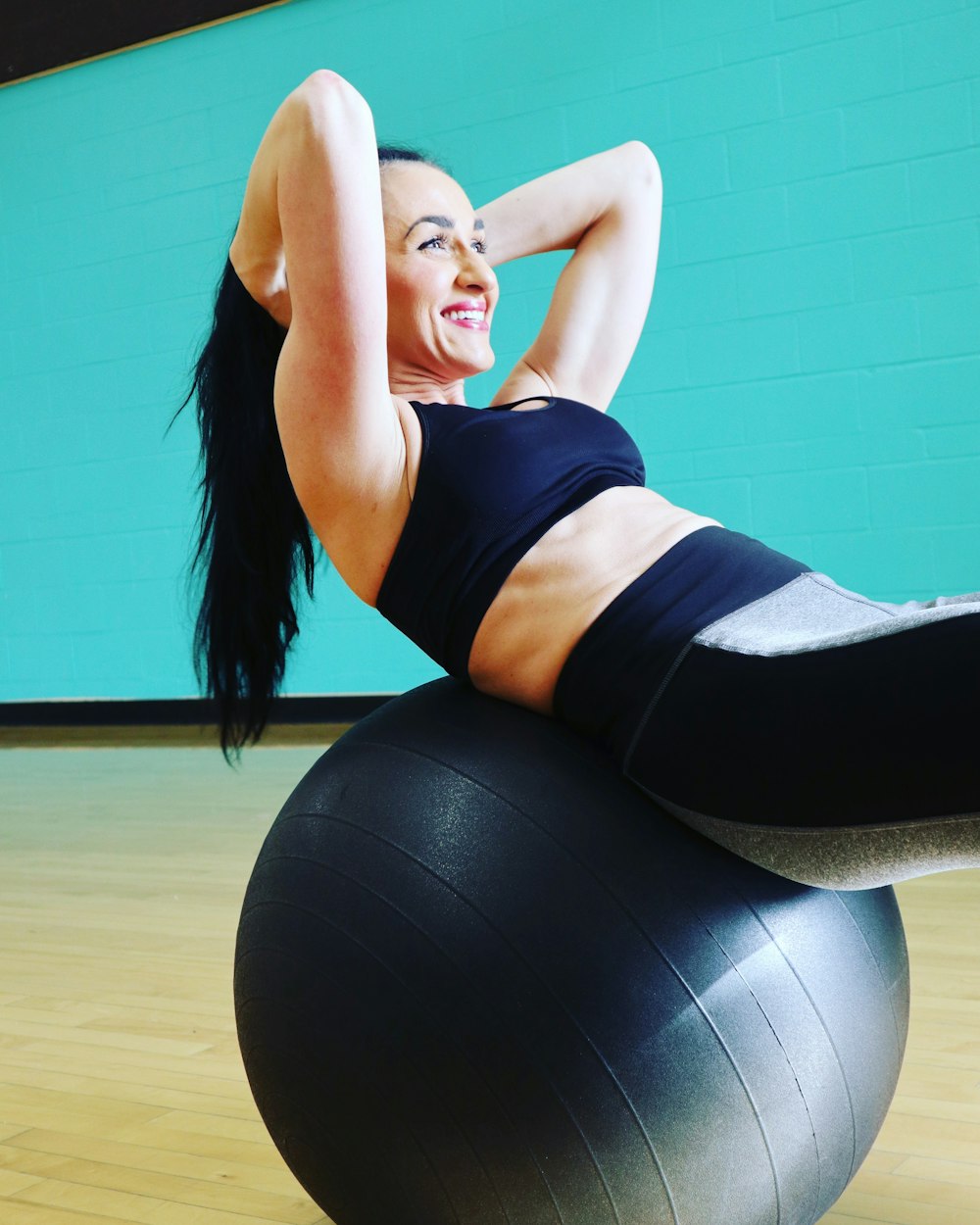目次
ドローインとブレーシングはどちらが効果的?
コアトレーニングとしてドローインやブレーシングを行うことは多いと思います.
ドローインとブレーシングって似たような目的で行われることが多いわけですが,実際のところドローインとブレーシングはどちらが効果的なのでしょうか?
今回はドローインとブレーシングのどちらが効果的なのかを考えるうえで参考になる論文をご紹介させていただきます.

今回ご紹介する論文
Effects of abdominal hollowing and bracing on each intervertebral angle during quadruped upper and lower extremity lift: Three-dimensional motion analysis of the spine
Yoshiki Motomura
Journal of Biomechanics
Available online 30 April 2024, 112128
今回ご紹介する論文は2024年に掲載された論文です.
研究の目的
To investigate the effects of intentionally minimizing spinal motion and abdominal muscle contractions on intervertebral angles during quadruped upper and lower extremity lift (QULEL).
この研究では四つ這いでの上肢・下肢挙上において,脊柱の動きを意図的に最小にすることと腹筋の収縮が椎間関節角度に及ぼす影響を検討することを目的としております.
研究の方法
Fifteen healthy men performed the QULEL under four conditions: without any special instructions (basic), with the intention to minimize spinal motion (intentional), with abdominal bracing (bracing), and with abdominal hollowing (hollowing). Each intervertebral angle was calculated from the local coordinate system using the marker data obtained from a motion capture system. Shear moduli, as indicators of the activities of the right transversus abdominis (TrA), internal and external oblique, and rectus abdominis muscles, were assessed using shear wave elastography during QULEL.
15例の健常男性を対象としております.
特別な指示なし(basic),脊柱の動きを最小限に抑える意図的な指示あり(intentional),腹部ブレーシングあり(bracing),腹部ドローインあり(hollowing)の4つの条件で四つ這いでの上肢・下肢挙上運動を行っております.
各椎間関節角度はモーションキャプチャシステムから得られたマーカーデータを用いて,局所座標系から算出しております.
右腹横筋(TrA),内・外腹斜筋,腹直筋の活動の指標となるせん断弾性率は,四つ這いでの上肢・下肢挙上中のせん断波エラストグラフィーを用いて評価しております.
研究の結果
One-way repeated-measures analysis of variance and multiple comparisons among conditions were used to compare each shear modulus of the abdominal muscle and the changes in thoracic kyphosis (Th1-12), lumbar lordosis (L1-5), and lumbar intervertebral angles from the quadruped position to QULEL. The significance level was set at P < 0.05. Changes in lumbar lordosis and L2/L3 and L3/L4 extension angles were significantly lower under hollowing than under other conditions (effect size ηG2: lumbar lordosis, 0.068; L2/L3, 0.072; L3/L4, 0.043). The change in the L1/L2 extension angle significantly decreased in bracing and hollowing compared with the basic (ηG2 = 0.070). Only the TrA shear modulus significantly increased in bracing and hollowing compared with the basic (ηG2 = 0.146).
一元配置反復測定分散分析および条件間の多重比較を用いて,腹筋の各剪断弾性率と,四つ這い姿勢から四つ這いでの上肢・下肢挙上までの胸椎前弯(Th1-12),腰椎前弯(L1-5),腰椎椎間関節角度の変化を比較しております.
有意水準はP<0.05としております.
腰椎前弯,L2/L3およびL3/L4の伸展角の変化は,他の条件よりもドローイン下で有意に低い結果でありました(効果量ηG2:腰椎前弯,0.068;L2/L3、0.072;L3/L4,0.043).
L1/L2伸展角の変化は,ブレーシングとドローインでは特別な指示なしと比較して有意に減少しました(ηG2 = 0.070).
腹横筋の剪断弾性率のみ,ベーシックと比較してブレーシングとドローインで有意に増加しました(ηG2 = 0.146).
研究の結論
Abdominal hollowing during the QULEL increased TrA activity and suppressed lumbar extension, except at L4/L5, and may be more effective as a rehabilitation exercise for controlling spinal motion.
四つ這いでの上肢・下肢挙上中の腹部ドローインはL4/L5を除き,腹横筋活性を増加させ,腰椎伸展を抑制し,脊柱運動制御のためのリハビリテーション運動としてより効果的であると考えられます.
今回はドローインとブレーシングのどちらが効果的なのかを考えるうえで参考になる論文をご紹介させていただきました.
今回の結果から考えると腰椎の過度な伸展を防ぎながらコアトレーニングを行うのはブレーシングよりもドローインが効果的だと考えられます.
こういった結果をエクササイズの選択の参考にできるとよいですね.






